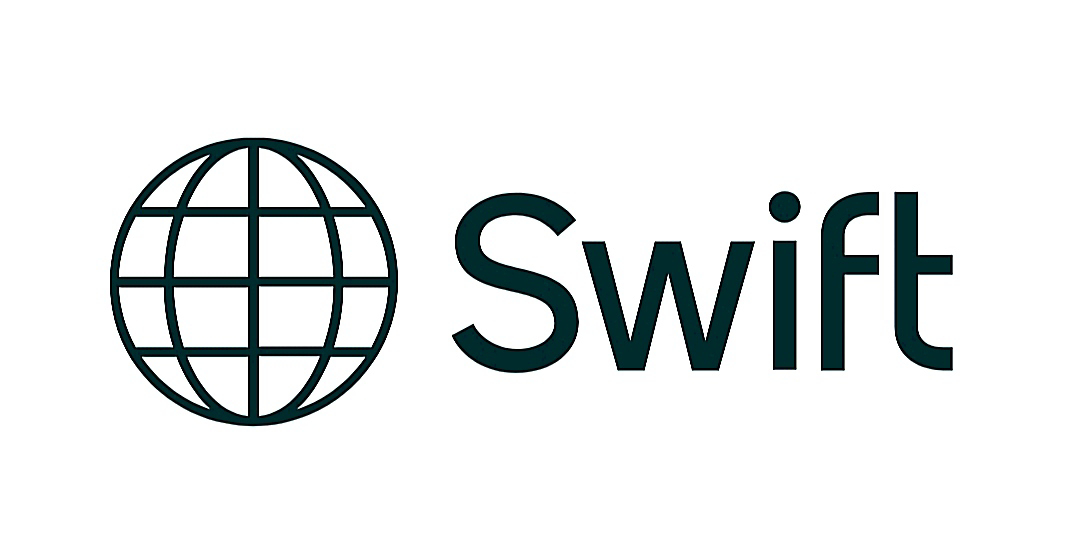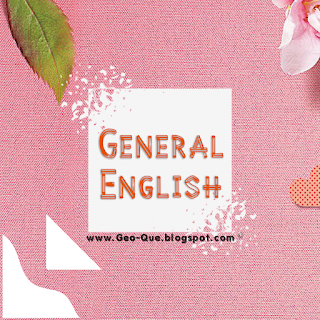Geology Objective Type Questions (Series – 2)
Q. 1. What is a cyclone?
(a). a low pressure system with
clockwise winds in the Northern hemisphere
(b). a high pressure system with
anticlockwise winds in the Northern hemisphere
(c). a low pressure system with
anticlockwise winds in the Northern hemisphere
(d). a high pressure system with
clockwise winds in the Northern hemisphere
Q. 2. An upper air wind system with
very high velocities occurs in certain parts of the atmosphere is called,
(a). a cyclone
(b). an anticyclone
(c). monsoon
(d). a jet stream
Q. 3. Barkhans are formed as a result
of
(a). winds
(b). glaciers
(c). underground water
(d). storms
Q. 4. What is a tornado?
(a). a very high pressure centre
(b). a very low pressure centre
(c). a very high ocean wave
(d). a planetary wind
Q. 5. The pressure exerted by the
atmosphere at sea level is
(a). 5 kg/sq cm
(b). 1 kg/sq cm
(c). 2 kg/sq cm
(d). 6 kg/sq cm
Q. 6. What is the immediate cause of
winds?
(a). rotation of the Earth
(b). pressure gradient
(c). land and sea distribution
(d). coriolis effect
Q. 7. What produces the coriolis
effect?
(a). Earth`s revolution
(b). Earth`s rotation
(c). Earth`s acceleration
(d). Pressure gradient due to gravity
Q. 8. During night the flow of cold air
from mountain tops to the valley are called,
(a). land breeze
(b). valley wind
(c). katabatic wind
(d).trade wind
Q. 9. What is the percentage of carbon
dioxide in air?
(a). 28 %
(b). 78 %
(c). 3.4 %
(d). 0.03 %
Q. 10. Which of the following is not a
planetary wind?
(a). trade wind
(b). westerlies wind
(c). easterlies winds
(d). all
|
Answers
|
|
Q.
1 -
(c)
Q.
3 -
(a)
Q.
5 -
(b)
Q.
7 -
(b)
Q.
9 -
(d)
|
Q.
2 -
(d)
Q.
4 -
(b)
Q.
6 -
(b)
Q.
8 -
(c)
Q.10 - (c)
|
Powered
by




Comments
Post a Comment